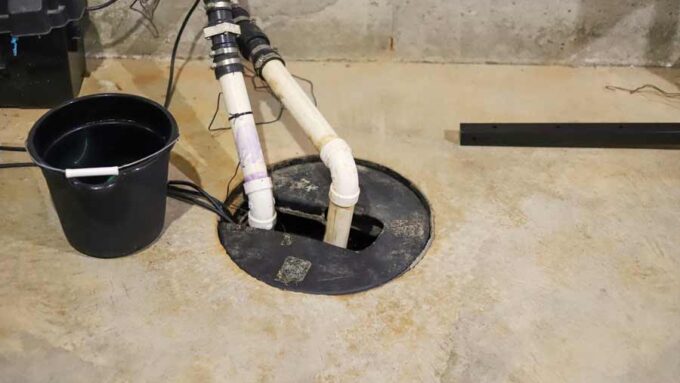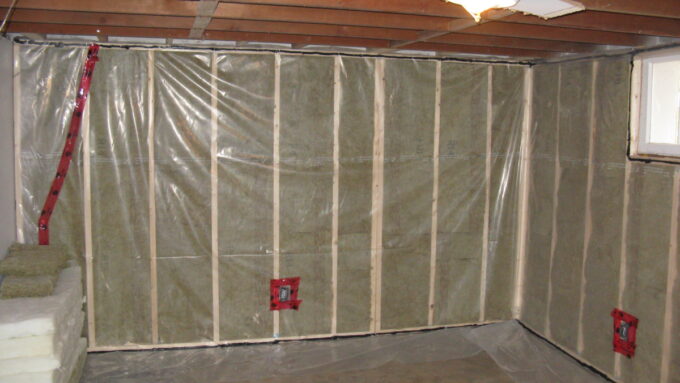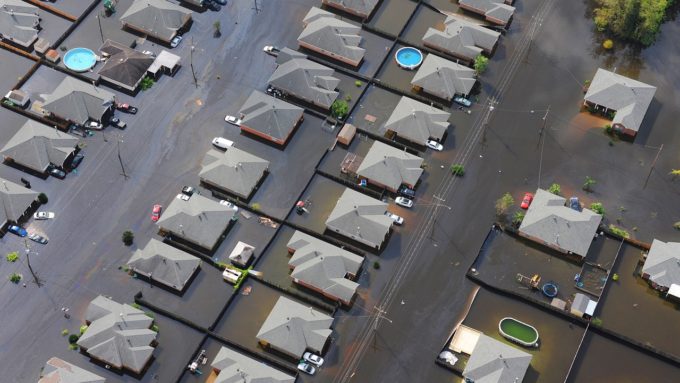Updated: 3/12/2024
In the battle against water damage, preparation and the right technology are your best defenses. This article delves into the pivotal role that sump pumps play in preventing water damage, highlighting the advancements in emergency restoration technology. From the basics of how sump pumps work to the latest innovations, we cover everything you need to know to make an informed decision about protecting your property.
Introduction Table
| Topic | Key Points |
|---|---|
| Sump Pump Basics | – Function and importance – Types of sump pumps |
| Technological Advancements | – Innovations in sump pump technology – Benefits |
| Installation and Maintenance | – Professional installation tips – Maintenance advice |
| Case Studies | – Real-world effectiveness |
| Call to Action | – How to get more information and assistance |
As we dive into the intricacies of sump pumps, keep in mind that understanding their function and benefits is the first step towards safeguarding your home or business from the perils of water damage.
Sump Pump Basics
A sump pump is a vital tool in preventing water damage, especially in areas prone to flooding or with high groundwater levels. It works by collecting excess water in a sump basin and pumping it away from your property, ensuring your basement or crawlspace remains dry.
There are two primary types of sump pumps: submersible and pedestal. Submersible pumps are designed to be submerged in water, making them quieter and more efficient, while pedestal pumps are mounted above the sump basin, making them easier to maintain but slightly less efficient.
Advancements in sump pump technology have significantly increased their effectiveness. Features like battery backup systems, water level alarms, and automatic operation have made sump pumps more reliable than ever.
- Submersible Pumps: Ideal for residential use due to their quiet operation and efficiency.
- Pedestal Pumps: Best for small basins or where budget considerations are paramount.
- Battery Backup Systems: Ensure operation during power outages, providing uninterrupted protection.
- Water Level Alarms: Alert homeowners to potential flooding risks, allowing for quick intervention.
As we explore the technological advancements in sump pump design, it becomes clear that choosing the right sump pump can make all the difference in preventing water damage effectively.
Did You Know?
According to III.org 99% of U.S. counties were impacted by a flood event between 1996-2019.
Technological Advancements
The evolution of sump pump technology has led to enhanced features that offer better protection against water damage. Modern sump pumps are equipped with more durable materials, smart technology for remote monitoring, and more efficient motors that reduce energy consumption.
The benefits of these advancements are multifold: increased longevity of the sump pump, reduced risk of failure during critical flooding events, and peace of mind for homeowners and business owners alike. With smart technology, users can monitor their sump pump’s performance from anywhere, ensuring that they are always prepared for potential water-related disasters.
- Durable Materials: Ensure a longer lifespan and less maintenance.
- Smart Technology: Allows for remote monitoring and control.
- Efficient Motors: Reduce energy consumption and costs.
These innovations not only enhance the sump pump’s functionality but also align with sustainable practices by reducing energy usage and increasing efficiency.
Installation and Maintenance
Proper installation and regular maintenance are key to maximizing the effectiveness of your sump pump. It is recommended to have a professional assess your property to determine the most appropriate type and size of sump pump for your needs. This ensures that the pump’s capacity matches the potential volume of water it needs to handle.
Regular maintenance, including cleaning the sump basin, testing the pump, and checking the battery backup system, is essential to ensure your sump pump remains in optimal working condition. Neglecting maintenance can lead to pump failure when you need it most.
- Professional Installation: Critical for optimal performance and efficiency.
- Regular Maintenance: Ensures long-term reliability and prevents failures.
- Battery Backup System Checks: Essential for continued operation during power outages.
Understanding the importance of installation and maintenance paves the way for discussing real-world examples of sump pumps in action, providing tangible evidence of their value in preventing water damage.
Certainly! Let’s adjust the scenario to better fit the common home structure in Sonoma County, focusing on a house with a crawlspace.
Hypothetical Case Study: The Johnson Family Home
Nestled in the scenic landscape of Sonoma County, the Johnson family’s single-story home boasts a vast backyard that slopes gently toward the house. While the view is spectacular, the location’s geography makes their home susceptible to groundwater seepage, especially during the rainy season. Their crawlspace, an area often overlooked, became the frontline in their battle against water damage.
The Problem:
During the wet months, the Johnsons noticed moisture accumulation in their crawlspace. This not only threatened the structural integrity of their home by weakening the foundation but also increased the risk of mold and mildew growth, which could lead to poor indoor air quality and health issues for the family.
The Solution:
Realizing the urgency to protect their home and health, the Johnsons consulted with RCS, a company renowned for its expertise in emergency restoration and water damage prevention. The recommendation was clear: install a sump pump system specifically designed for crawlspaces to effectively manage and redirect water away from their home.
The Installation:
A professional from RCS assessed the crawlspace and identified the optimal spot for the sump pump installation, ensuring it would activate automatically at the first sign of accumulating water. The system included a high-quality submersible pump with a battery backup to guarantee operation during power outages, and a water level alarm for early detection of moisture buildup.
The Outcome:
The subsequent rainy season tested the Johnsons’ new sump pump system, which performed flawlessly. Despite several heavy downpours, the crawlspace remained dry, preserving the structural integrity of their home and preventing any mold or mildew issues. The Johnsons were immensely relieved, knowing their investment in the sump pump system paid off by protecting their home and ensuring a healthier living environment.
The Benefits:
- Structural Protection: The integrity of the home’s foundation was maintained, preventing costly damages that could compromise the house’s safety.
- Health Advantages: By keeping the crawlspace dry, the risk of mold and mildew was significantly reduced, promoting better indoor air quality.
- Peace of Mind: The Johnsons could rest easy during the rainy season, confident in the protection provided by their sump pump system.
- Long-term Savings: Avoiding water damage and potential mold remediation saved the Johnsons considerable expenses, making the sump pump system a wise financial investment.
This case study highlights the critical role of sump pumps in homes with crawlspaces, particularly in regions like Sonoma County where such architectural features are common. By taking proactive steps to address water intrusion, the Johnson family ensured their home remained safe, sound, and dry, demonstrating the value of sump pumps in preserving both property and health.
Conclusion
Sump pumps are a crucial component of any strategy to avoid water damage. With the right technology, professional installation, and regular maintenance, you can protect your property from the devastating effects of flooding and water intrusion. The advancements in sump pump technology not only enhance their effectiveness but also contribute to a more sustainable approach to water damage prevention.
As we’ve explored the importance of sump pumps, from their basic functions to the technological innovations that make them more reliable than ever, it’s evident that investing in a high-quality sump pump is a wise decision for any homeowner or business owner.
Final Thoughts
If you have any questions about sump pumps or wish to learn more about protecting your property from water damage, our team of experts is here to help. With RCS serving Sonoma and Marin Counties since 1975, we’re committed to providing top-notch service and advice. Contact us 24/7 through our live operator for personalized assistance. Remember, taking steps to prevent water damage today can save you from costly repairs and disruptions tomorrow.






